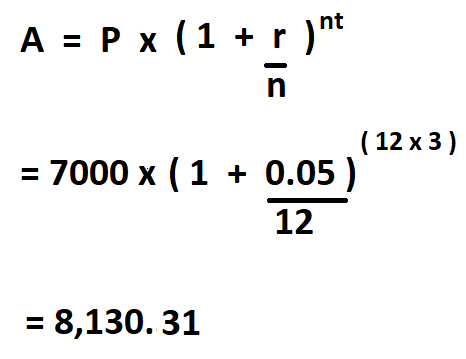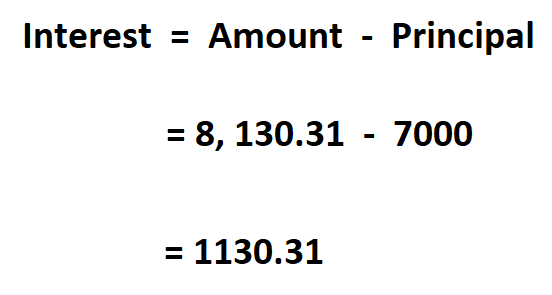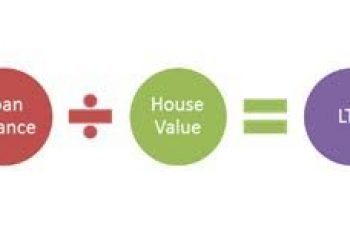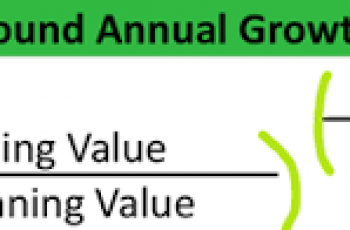Interest is the amount of money you have to pay back over and above the principal amount borrowed. This is the way through which lenders make a profit.
Compund interest is as a result of reinvesting interest, rather than paying it out, so that interest in the next period is then earned on the principal sum plus previously accumulated interest.
Formula to calculate compound interest.

- A = the future loan, including interest.
- P = the principal investment amount.
- r = the annual interest rate (decimal).
- n = the number of times that interest is compounded.
- t = the time the money is invested or borrowed for
Example:
If an amount of $ 7,000 is deposited into a savings account at an annual interest rate of 5%, compounded monthly, calculate the compound interest after 3 years.

If we want to calculate the interest alone, we subtract the principal from the amount.

Therefore, the compounded interest at the end of 3 years will be $ 1,1130.31.

